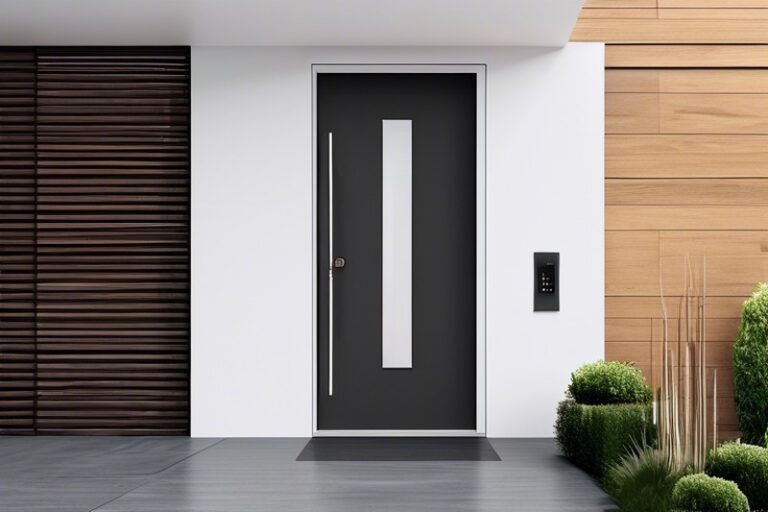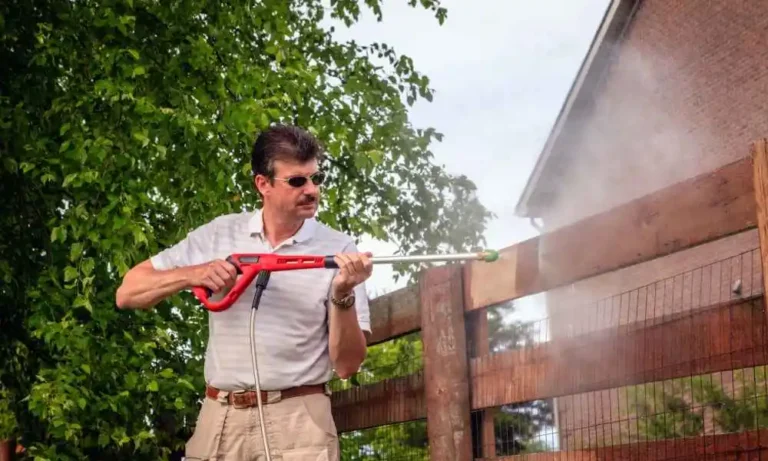
As our loved ones age, their mobility can become a significant concern, particularly when it comes to navigating stairs in a multi-story home. A stair lift is an excellent solution to this problem, providing elderly family members with a safe and convenient way to move between floors without the risk of falls or injury. Installing a stair lift in your home can help ensure your elderly relatives maintain their independence and continue living in their own home with dignity.
In this blog, we will walk you through the process of installing a stair lift in your home, highlighting key considerations, installation steps, and tips for making the entire process smooth and effective.
1. Assessing the Need for a Stair Lift
Before jumping into the installation process, it’s important to assess whether a stair lift is the right solution for your home. Here are some factors to consider:
Space and Staircase Layout
Stair lifts are designed for both straight and curved staircases. The type of stairs you have will impact the design and complexity of the installation. Straight staircases are simpler and more affordable to install a home lift on, while curved stairs may require custom solutions, which are generally more expensive.
Safety Concerns
If your elderly family members have difficulty climbing stairs, a stair lift can greatly reduce the risk of accidents. Look for a lift with safety features such as seat belts, swivel seats, and obstacle sensors.
Budget Considerations
The cost of installing a stair lift can vary greatly depending on factors like the type of lift, the complexity of the installation, and any customization needed. Straight stair lifts typically cost between RM 7,000 to RM 15,000, while curved stair lifts may range from RM 20,000 to RM 40,000.
2. Choosing the Right Stair Lift
Once you’ve decided that a stair lift is necessary, the next step is to choose the right one. There are several options available, and it’s essential to select the lift that fits your needs and budget.
Types of Stair Lifts
- Straight Stair Lifts: These are designed for stairs without curves or landings. They are the most common type and are relatively straightforward to install.
- Curved Stair Lifts: For staircases that have turns, landings, or multiple levels, curved stair lifts are required. These lifts are custom-made to fit the exact dimensions of the staircase.
Power Source
- Battery-Powered: Most modern stair lifts are battery-operated, offering the advantage of functioning during power outages. They’re often the preferred option for residential installations.
- AC-Powered: Some stair lifts are powered by a direct electrical connection. They tend to be cheaper but will stop working in the event of a power outage.
Comfort and Safety Features
Look for features that enhance comfort and safety, such as:
- Swivel seats: Allowing the user to safely get on and off the lift.
- Foldable arms and footrests: To make the lift more compact and save space when not in use.
- Remote controls: For operating the lift from the top or bottom of the stairs.
- Safety sensors: That detect obstacles and stop the lift automatically if something is in its path.
3. Preparing for Installation
Once you’ve chosen the right stair lift, you’ll need to prepare your home and staircase for installation. Here are a few essential steps:
1. Measure the Staircase
Accurate measurements are critical for ensuring a proper fit. Most reputable stair lift companies will offer a free assessment to take precise measurements of your staircase. You’ll need to measure:
- The total length of the staircase (from the floor at the base to the top).
- The width of the stairs.
- The height of each step.
For curved staircases, the company may also need to take measurements of the turns and landings.
2. Assess Electrical Requirements
For battery-operated lifts, you’ll need to ensure that there’s a charging point at the top or bottom of the staircase where the lift can recharge. AC-powered lifts, on the other hand, require a direct electrical connection, which may require the installation of an additional power outlet near the stairs.
3. Clear the Area
Before installation, clear any furniture or obstacles near the staircase. This will provide the installation team with enough space to work and prevent any damage to surrounding objects.
4. Hiring a Professional Installer
While it may be tempting to try installing the stair lift yourself, this is a complex and technical job that requires expertise. Stair lift installations typically involve:
- Mounting the rail system securely to the staircase.
- Wiring the lift (if necessary).
- Ensuring the lift runs smoothly and safely along the track.
- Testing all safety features, such as the seat belt, sensors, and emergency stop function.
It’s best to hire a professional installer who is familiar with stair lift systems and safety standards. Most companies that sell stair lifts also offer professional installation services, and this is often included in the price of the lift.
5. Installation Process
The installation process typically takes 4 to 8 hours for a straight stair lift and 1 to 2 days for a curved stair lift. Here’s a general overview of what to expect during the installation:
1. Initial Assessment
A technician will visit your home to assess the layout of your stairs, confirm measurements, and ensure that the lift you’ve chosen is the right fit. They will also evaluate the structural integrity of your stairs to ensure they can support the lift.
2. Rail Installation
For a straight stair lift, the installer will secure the track to the staircase. The rail will be fixed to the steps using bolts, ensuring it is sturdy and safe. For curved stairs, a custom rail will be fabricated to match the exact curves of the staircase, which can take longer.
3. Lift Installation
Once the rail is in place, the lift chair itself is mounted onto the track. The chair will be adjusted for comfort and to ensure it works smoothly along the rail.
4. Electrical and Safety Checks
The installer will connect the lift to the power source (either battery or AC). If the lift is battery-powered, they will set up the charging point. The technician will then test all the safety features and make sure the lift operates without issues.
5. User Training
Once the installation is complete, the technician will demonstrate how to use the stair lift, including how to get on and off safely, how to fold the seat and footrest, and how to troubleshoot any minor issues. This is also a good time to ask questions about maintenance, warranty, and care.
6. Maintaining Your Stair Lift
After installation, it’s important to keep your stair lift in good working condition to ensure long-term safety and reliability. Regular maintenance should include:
- Cleaning the rails: Keep the track free from dust and debris.
- Checking for wear and tear: Look for any loose bolts or damaged components.
- Battery checks: If your lift is battery-powered, check the battery’s performance regularly and replace it as needed.
- Annual service: It’s a good idea to schedule an annual maintenance visit from the installer to ensure everything is functioning properly.
7. Cost Considerations
The cost of installing a stair lift varies based on the type of lift, the complexity of installation, and any additional features. In Malaysia, the price for a straight stair lift typically ranges from RM 7,000 to RM 15,000, while a curved stair lift can cost anywhere from RM 73,000 to RM 140,000 or more. Additional costs may arise for features like remote controls, foldable seats, or custom finishes.
Conclusion
Installing a stairlifts in your home is a great way to enhance the mobility of elderly family members and ensure their safety. The process involves choosing the right lift, preparing your home, hiring a professional installer, and maintaining the lift for long-term use. By understanding the steps involved and considering the cost and customization options, you can make an informed decision that will improve the quality of life for your elderly relatives and help them continue to live independently and safely in their own home.





